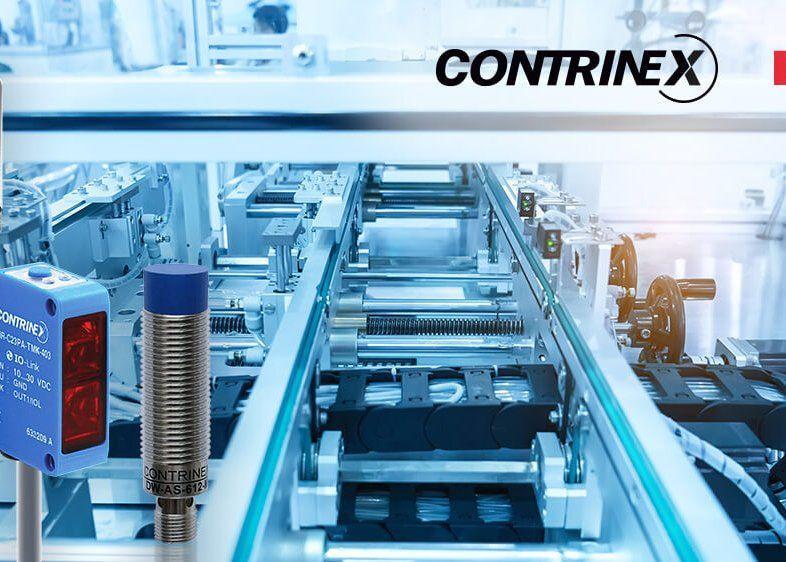Contrinex announces a collaboration with Molex, a global provider of device connectivity that offers end-to-end solutions for industrial automation. With the growing demand for integration of sensor data into higher-level and cloud-based applications, this collaboration further strengthens Contrinex’s Industrial Internet of Things (IIoT) solution offering. It also confirms the company’s position as a key provider of sensors for demanding and advanced applications.
Through a new collaboration with Molex, Contrinex’s wide range of inductive and photoelectric sensors, most of which feature a powerful ASIC for first-class operating distances and long sensor life, are now directly available to product designers working at every level of smart manufacturing worldwide.
Molex’s fully integrated engineering expertise and solutions help customers reap the benefits of Industry 4.0 for machines and network platforms with integrated communications from operating technology to IT level.
“Having sensors added to our portfolio will enable us to create more value for our customers by providing an integrated solution with the expertise from both Molex and Contrinex,” said Riky Comini, director, industrial automation, Molex. “By offering an end-to-end solution, we add value for our manufacturing customers by helping them rethink traditional business models and meet their digital transformation goals.”
For difficult environments, the portfolio includes products with IP67, 68 and 69K ratings and Ecolab compliance. The inductive range also features exceptionally robust devices in one-piece stainless-steel housings, some with additional salt-water resistance and others with weld-field immunity. The extensive photoelectric range includes transparent object sensors with patented UV technology as well as color and contrast sensors. When space is limited, Molex can provide a wide choice of miniature, self-contained devices in diameters from just 3 mm (inductive) or 4 mm (photoelectric). Like most sensors in the portfolio, these tiny devices also feature an optional IO-Link interface for remote sensor teaching, adjustment and monitoring. Through the IO-Link interface, sensor process and output data can be seamlessly integrated in an IoT architecture for continuous monitoring and diagnosis.
